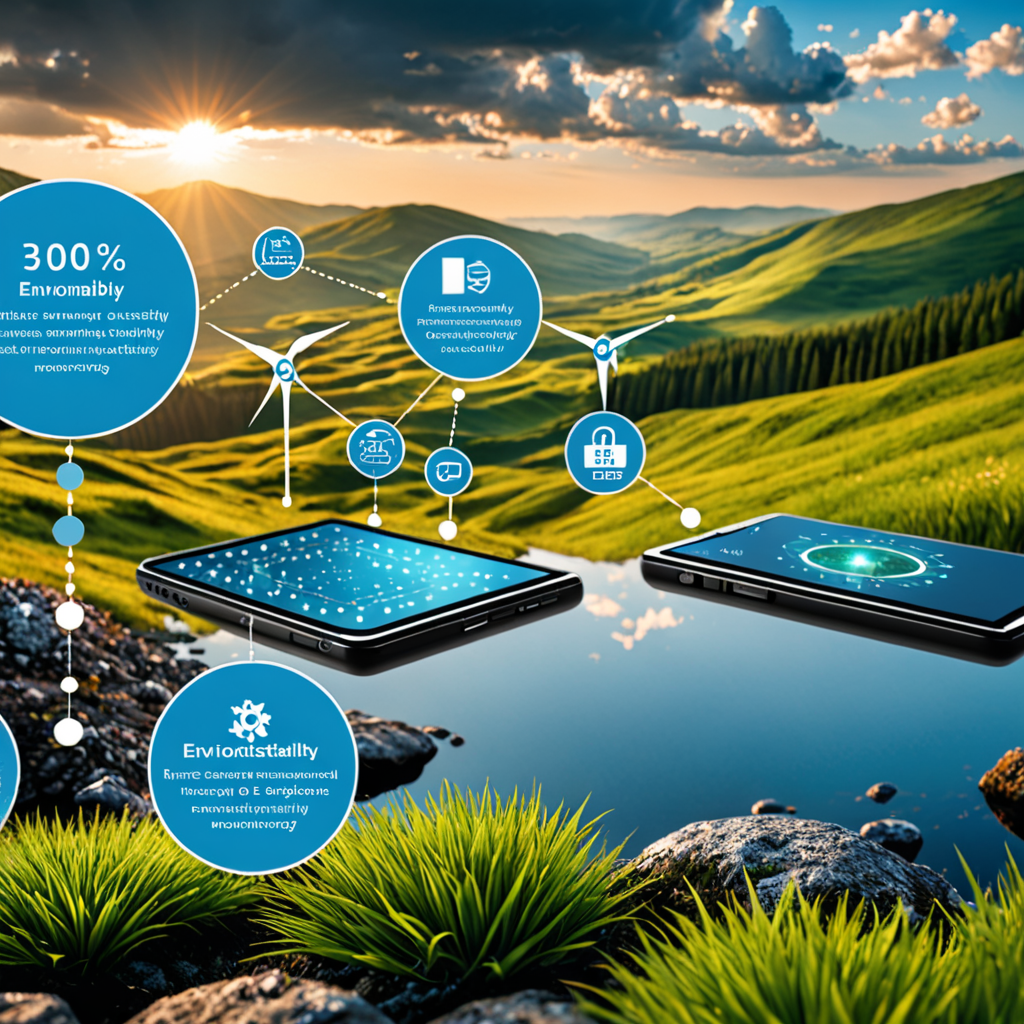
Nanotechnology in Smart Agriculture: Precision Farming
Introduction to Nanotechnology in Agriculture
Nanotechnology has revolutionized various industries, and agriculture is no exception. The application of nanotechnology in agriculture, particularly in precision farming, has paved the way for enhanced crop production, resource efficiency, and sustainable practices.
Understanding Precision Farming
Precision farming involves utilizing technology to optimize agricultural practices based on specific conditions within a farm. By incorporating nanotechnology, farmers can achieve a more targeted and efficient approach to managing crops, soil, and resources.
Benefits of Incorporating Nanotechnology in Agriculture
The integration of nanotechnology in agriculture offers numerous advantages, including increased crop yields, improved nutrient delivery to plants, enhanced pest and disease management, and reduced environmental impact through precise resource utilization.
Nanopesticides and Nanosensors in Agriculture
Nanopesticides, developed using nanotechnology, can provide targeted delivery of pesticides to plants, minimizing environmental contamination and reducing the health risks associated with traditional pesticide use. Nanosensors enable real-time monitoring of soil conditions, crop health, and environmental factors, allowing for proactive decision-making in farming practices.
Challenges and Considerations
While nanotechnology presents promising opportunities for enhancing agriculture, challenges such as regulatory approval, potential environmental impacts of nanomaterials, and cost-effectiveness need to be carefully addressed. It is crucial to prioritize safety, ethics, and sustainability when integrating nanotechnology into agricultural practices.
The Future of Precision Farming with Nanotechnology
Looking ahead, the advancement of nanotechnology in agriculture is poised to reshape the future of farming. By harnessing the power of nanomaterials, smart sensors, and precision technologies, farmers can optimize production, minimize waste, and contribute to a more sustainable and resilient agricultural sector.
Conclusion
In conclusion, the convergence of nanotechnology and precision farming represents a significant step towards creating a more efficient, productive, and environmentally friendly agricultural ecosystem. By embracing innovative solutions and research in this field, farmers can benefit from increased productivity while minimizing the ecological footprint of agriculture.
FAQs about Nanotechnology in Smart Agriculture: Precision Farming
What is nanotechnology in smart agriculture?
Nanotechnology in smart agriculture involves the use of nanomaterials and nanodevices to enhance various agricultural practices, such as crop monitoring, soil health management, and pest control, leading to more efficient and sustainable farming methods.
How does nanotechnology benefit precision farming?
Nanotechnology aids precision farming by improving the accuracy and effectiveness of farming techniques. It enables targeted delivery of nutrients and pesticides, real-time monitoring of crops, and efficient utilization of resources like water, contributing to increased productivity and reduced environmental impact.
What are some examples of nanotechnology applications in precision farming?
Examples of nanotechnology applications in precision farming include nanosensors for detecting soil moisture levels, nanopesticides for targeted pest management, nanofertilizers for enhancing nutrient uptake by plants, and nanocarriers for delivering bioactive compounds to crops.
Is nanotechnology safe for use in agriculture?
Extensive research is being conducted to ensure the safety of nanotechnology in agriculture. Regulatory bodies worldwide are working to establish guidelines for the responsible use of nanomaterials in farming to minimize potential risks to human health and the environment.

